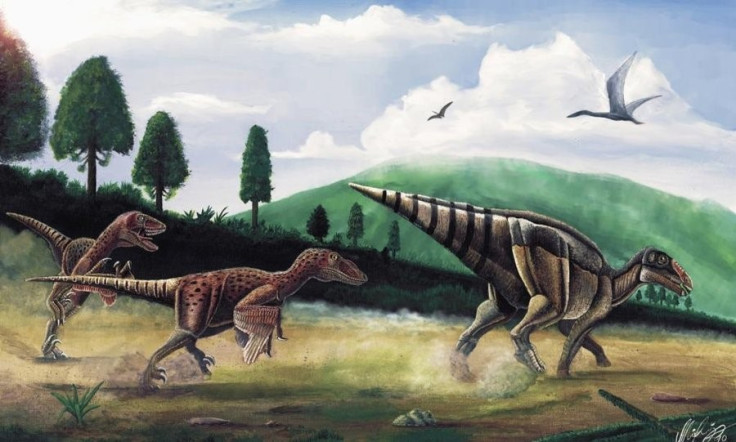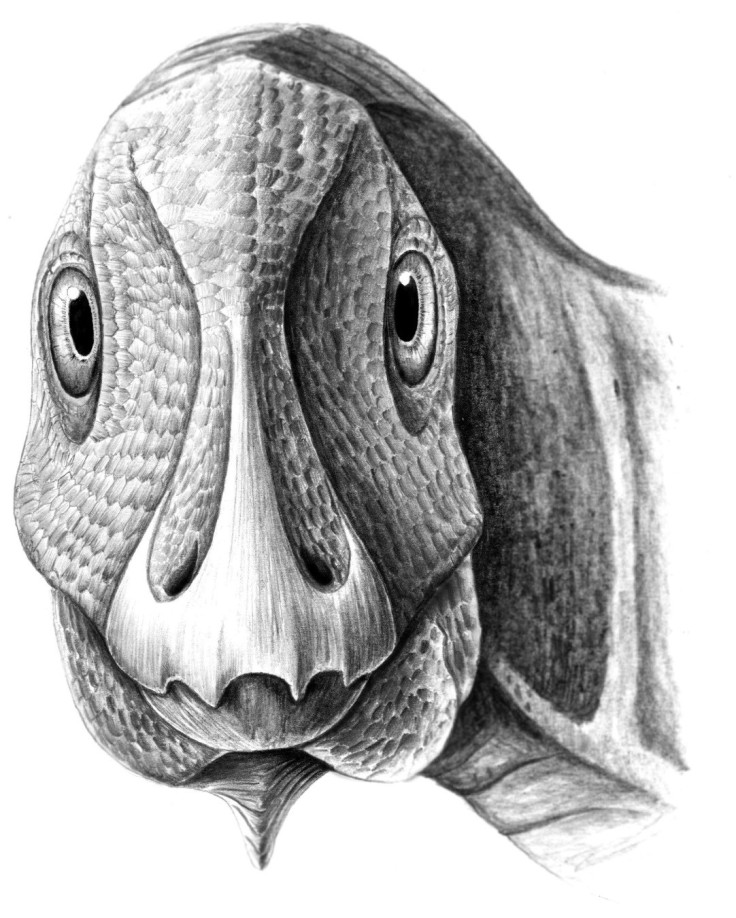Transylvanian duck-billed dinosaur with fossilised facial tumour discovered for first time
Telmatosaurus transsylvanicus was suffering from ameloblastoma and died before reaching adulthood.

A duck-billed dinosaur from Transylvania has been discovered with a tumour on its face – the first time a fossilised tumorous facial swelling has been documented. The dwarf dinosaur, Telmatosaurus transsylvanicus, lived between 69-67 million years ago and was discovered in the the Haţeg County Dinosaurs Geopark, or the 'Valley of the Dinosaurs'.
Scans of the tumour showed it suffered from a condition called ameloblastoma. This is a non-cancerous tumour known to affect the jaw. It is found in humans, other mammals and reptiles – but has never been seen before in a fossilised animal.
In a study of the fossil, published in Scientific Reports, researchers said the tumour probably did not cause the dinosaur any pain in the early stages. The dinosaur was also known to have died before adulthood, however, leading researchers to consider whether the tumour played a part in its death.

Valley of the Dinosaurs
Romania's Valley of the Dinosaurs is an area where many dinosaur fossils have been found. During the Cretaceous period, these dinosaurs lived on a series of islands in the Tethys Ocean and because of this isolated and small environment, they grew far smaller than their relatives living on the mainland. A fully-grown Telmatosaurus could reach 4m in length, while its relatives could reach between 10 and 15m in length. As well as being smaller than their mainland cousins, island living is also thought to have led to an increase in disease.
In the study, the authors note the uncontrolled development of the ameloblastoma could have led to it spreading to other areas of the muzzle, leading to "more severe abnormalities".
Another possibility is that it was killed by members of its own herd because of its abnormal appearance: "The in vivo appearance ... would have set this particular individual apart from other herd members, possibly leaving it vulnerable to predator attack," they wrote. "Such a predisposition of predators to select and attack individuals bearing malformations has been noted before."
Zoltán Csiki-Sava of the University of Bucharest, Romania, said: "We know from modern examples that predators often attack a member of the herd that looks a little different or is even slightly disabled by a disease. The tumour in this dinosaur had not developed to its full extent at the moment it died, but it could have indirectly contributed to its early demise."
Kate Acheson, from the University of Southampton, said the fossil had been found at the site of an ancient river. In such settings it is extremely rare to find a complete skeleton, meaning it is "almost impossible" to work out any specific cause of death.
Nevertheless, the find helps improve our understanding the evolution of tumours. Bruce Rothschild, an expert in ancient diseases and injuries, said: "The discovery of an ameloblastoma in a duck-billed dinosaur documents that we have more in common with dinosaurs than previously realised."

© Copyright IBTimes 2025. All rights reserved.






















